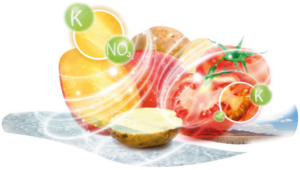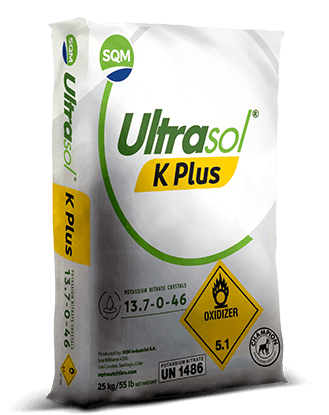The interaction between the effects of nitrate (NO3) and sodium chloride (NaCl) concentration on growth, water relations, nitrogen (N) contents and N fixation were investigated in alfalfa (Medicago sativa L. cv. Magali).
The plants were grown hydroponically in a growth chamber, in the presence or absence of 3 mM potassium nitrate (KNO3) and exposed to various concentrations of NaCl. During the first 20 days, i.e., before nodule emergence, the nutrient solution was complemented with 2 mM urea. After this period, the plants were transferred to a new nutrient solution either without N or with 3 mM potassium nitrate (KNO3), a concentration that inhibits completely nodulation (Serraj et al., 1992. J. Plant Physiol.140: 366-371). At this stage, the plants were exposed to salinity by adding NaCl to the growth medium (final concentration 0, 25, 50, or 100 mM).
Increased salinity resulted in a significant decrease in shoot (Figure 1) and root biomass, relative water content and water potential. N2-fixing alfalfa plants are more salt sensitive than NO3-fed plants, as with KNO3. Nitrogenase activity measured by acetylene reduction activity was substantially inhibited by NaCl, and this inhibition was significantly correlated to the inhibition of shoot growth and total N contents.

Figure 1. Effect of NaCl concentration on alfalfa shoot growth in the presence (KNO3) or absence (control) of 3 mM KNO3.



